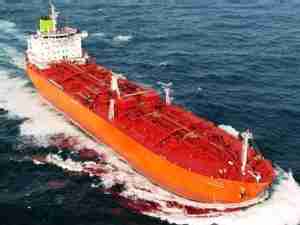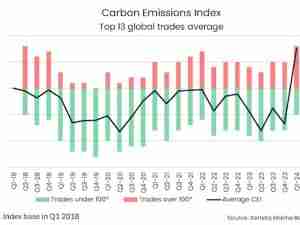Key Insights:
1 Hurricane Ian closed airports and disrupted rail and port operations at some southeast ports temporarily, though trucking operations are likely to take longer to recover.
2 Asia – US West Coast rates fell another 16% this week to their lowest level since June 2020, and are just 5% higher than in October 2018 when prices were climbing ahead of 2019’s tariff roll out. The rate fall could start threatening profitability for carriers on this lane, especially for smaller ocean carriers.
3 Freightos Air Index transpacific air cargo prices have decreased 32% since last month and are half their level a year ago, and China - Europe rates are 43% lower than last year. Peak season for air cargo typically begins around late October, but some in the industry are doubtful there will be much of a surge this year
Asia-US rates:
• Asia-US West Coast prices (FBX01 Daily) decreased 16% to $2,516/FEU. This rate is 85% lower than the same time last year.
• Asia-US East Coast prices (FBX03 Daily) dipped 5% to $6,634/FEU, and are 66% lower than rates for this week last year.
Analysis
Hurricane Ian’s path across Florida and parts of the southeast closed airports, disrupted rail movements, and temporarily closed container ports in Jacksonville and Charleston, though other ports already struggling with delays like Savannah, remained operational.
Easing port congestion both in China’s hubs and at LA/Long Beach is effectively increasing available capacity – vessels leaving Asia for the West Coast are reportedly only about 70-80% full – and is combining with the continuing decrease in demand to push spot rates down especially quickly on this lane.
Asia to US West Coast prices fell 16% to $2,516/FEU this week. This rate is still 88% higher than in October 2019, but was last seen in June 2020 when prices first started climbing during the pandemic. This price is just 5% higher than in October 2018 when importers were rushing to beat the roll-out of tariffs on Chinese goods in January 2019. Rates from Asia to the US East Coast and to North Europe each dipped 5% since last week.
Falling rates, especially on the Asia – US West Coast lane, could soon push prices below the break even point per container for some ocean carriers as their costs have also climbed with inflation. Smaller carriers who operate smaller vessels – many of whom are paying expensive charter rates and were new entrants on the transpacific as spot rates spiked – and currently operate about a third of transpacific capacity may be the most exposed to falling prices making operations unprofitable.
The larger carriers are likely hoping shifting conditions will push the smaller players and their capacity out of the market, and, together with the significant increase in blanked sailings and canceled services, help to stabilize rates.
Slowing demand for goods out of China in September also meant falling air cargo rates as Freightos Air Index transpacific prices decreased 32% since last month to $5.12/kg – half the level of a year ago – and China - Europe rates fell 19% to $4.13/kg, 43% lower than last year. Transatlantic rates were stable, but are 25% lower than a year ago as passenger capacity on the lane has increased. Peak season for air cargo typically begins around late October, but some in the industry are doubtful there will be much of a surge this year.










